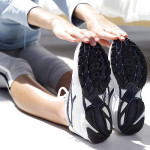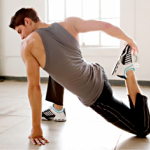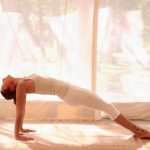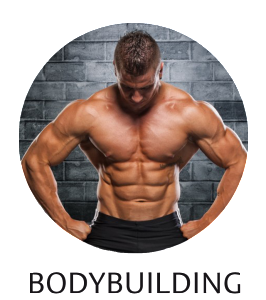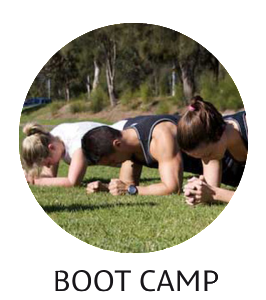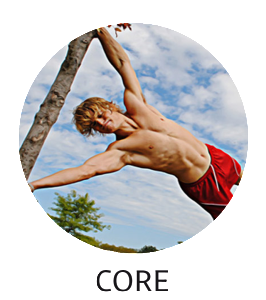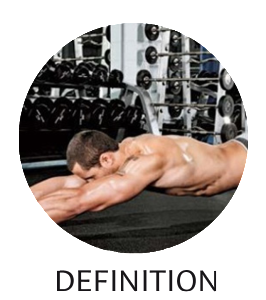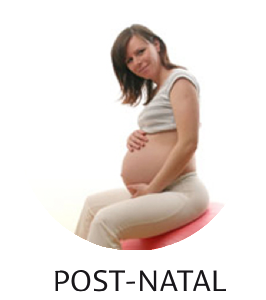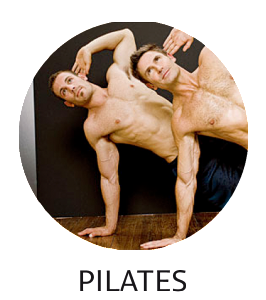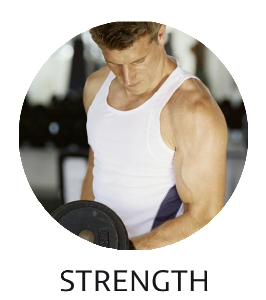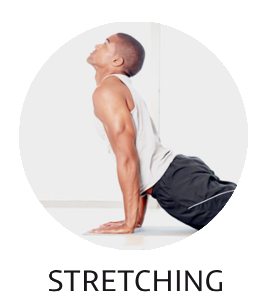STRETCHING and FLEXIBILITY
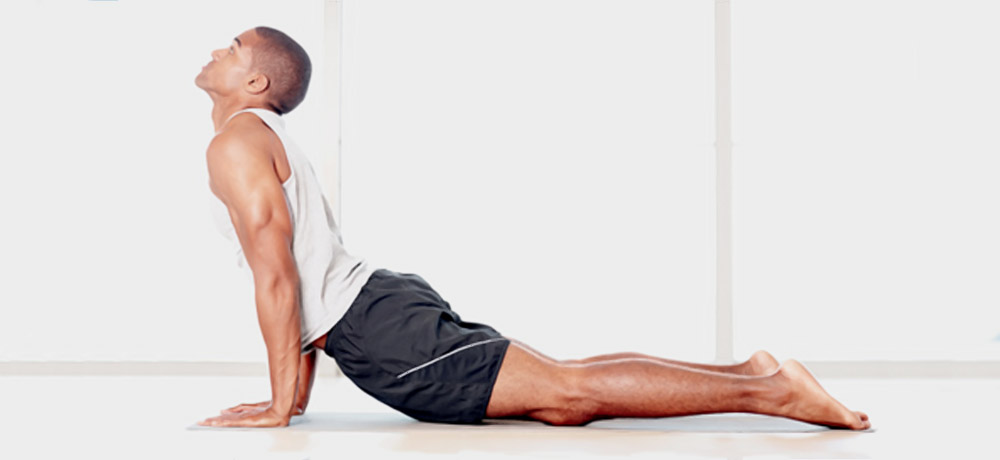
Winning means you’re willing to go longer, work harder, and give more than anyone else.
Stretching is a form of physical exercise in which a specific muscle or tendon (or muscle group) is deliberately flexed or stretched in order to improve the muscle’s felt elasticity and achieve comfortable muscle tone. The result is a feeling of increased muscle control, flexibility and range of motion. Stretching is also used therapeutically to alleviate cramps.
Increasing flexibility through stretching is one of the basic tenets of physical fitness. It is common for athletes to stretch before and after exercise in order to reduce injury and increase performance.
Types of stretches
There are four different types of stretching: ballistic, dynamic, proprioceptive neuromuscular facilitation, and static stretching. Ballistic stretching is a rapid bouncing stretch in which a body part is moving with momentum that stretches the muscles to a maximum. Muscles respond to this type of stretching by contracting to protect itself from over extending. Dynamic stretching is a walking or movement stretch. By performing slow controlled movements through full range of motion, a person reduces risk of injury. Proprioceptive neuromuscular facilitation (PNF) is a type of stretch for a particular muscle and its specific job, so resistance should be applied, then the muscle should be relaxed. Static stretching is a type of stretch whereby a person stretches the muscle until a gentle tension is felt and then holds the stretch for thirty seconds without any movement or bouncing.
Why Stretching?
If done properly, stretching can prevent injury, relax the muscles, increase range of motion and flexibility, and better one’s performance, especially athletes. Although stretching does not prevent injury, it can reduce the risk greatly especially if one stretches properly and on a regular basis. Stretching is more beneficial to those who stretch regularly, as opposed to those people who stretch occasionally. Stretching increases blood flow which prevents hardening of the arteries and it also produces synovial fluid, which lubricates the joints that are surrounded by the muscles; which in turn helps prevent arthritis.
Stretching stabilizes the body’s natural balance and posture, and aligns the joints leading to better coordination. After any physical activity, there is a build up of lactic acid in one’s body and by stretching the lactic acid is removed, therefore alleviating any muscle pain or cramps. It is important for a person to perform each of the four types of stretching properly to gain the benefits.
